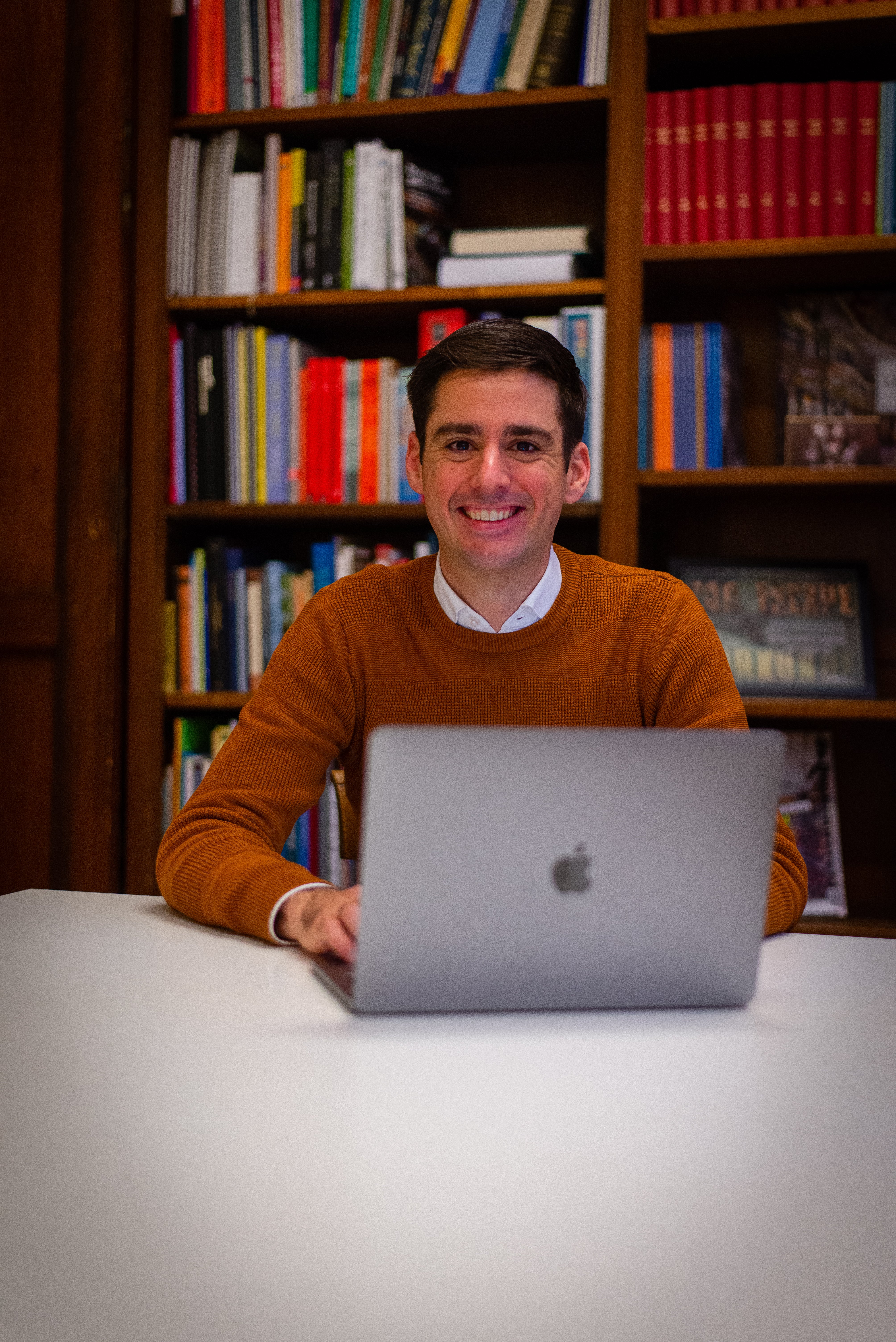“I actually wanted to become an architect and, after secondary school, I studied architecture for six months. It wasn’t a good fit and after trying out business administration for a while, I decided to look further. I went with a number of different friends to experience their study programmes for a day. In the end, I chose Artificial Intelligence because the combination of technology, psychology and linguistics really appealed to me. Because of the focus on computer science in the AI programme at VU, I chose this university.
“The study programme was a nice combination of things that I find interesting, without losing touch with reality. We were often together with other groups of students, for instance, from the computer science and psychology programme. In the evolutionary computing course, each project group trained a virtual racing driver. During the final lecture, we let them all race against each other, which resulted in hilarious antics.
“I got to know a nice group of fellow students and with them I ended up attending almost all of the lectures. I wrote my Master's thesis together with another student in Italy, about the automatic planning of city trips. That is when I discovered that I enjoy doing research. While we were lying in the sun by Lake Como, I read scientific articles. I look back on my time as a student with pleasure. I learned a lot, inside and outside the classroom. From the study programme itself, I still have a number of good friends.
“After graduating, I was asked to apply for two positions. One was with a major scientific publisher that was looking for a specialist in the field of artificial intelligence. In the end, I opted for a PhD position with one of the research groups at VU Amsterdam.
“During my PhD, I researched how crowdsourcing can be used to describe cultural heritage objects. For example, we invited a group of birdwatchers to identify birds in works of art at the Rijksmuseum. It was a lot of fun to see these people in the Rijksmuseum library, with binoculars and bird books and everything. I developed a system with which experts could add the descriptions to the works of art. This way, I got to know the data very well and I started working as a data manager at the museum. After completing my PhD research, I became head of the collection automation department.
“I would very much like to build a bridge between research and the implementation of the results of the research in society. In my current position, I already have the opportunity to implement the results of my own research. The goal now is to provide a broader context for objects in the Rijksmuseum collection, by enriching and harmonising information. Ultimately, I think it would be great if all cultural heritage institutions could do this so that, for example, you could automatically generate an overview of the entire body of work of Rembrandt, spread across many collections.”
